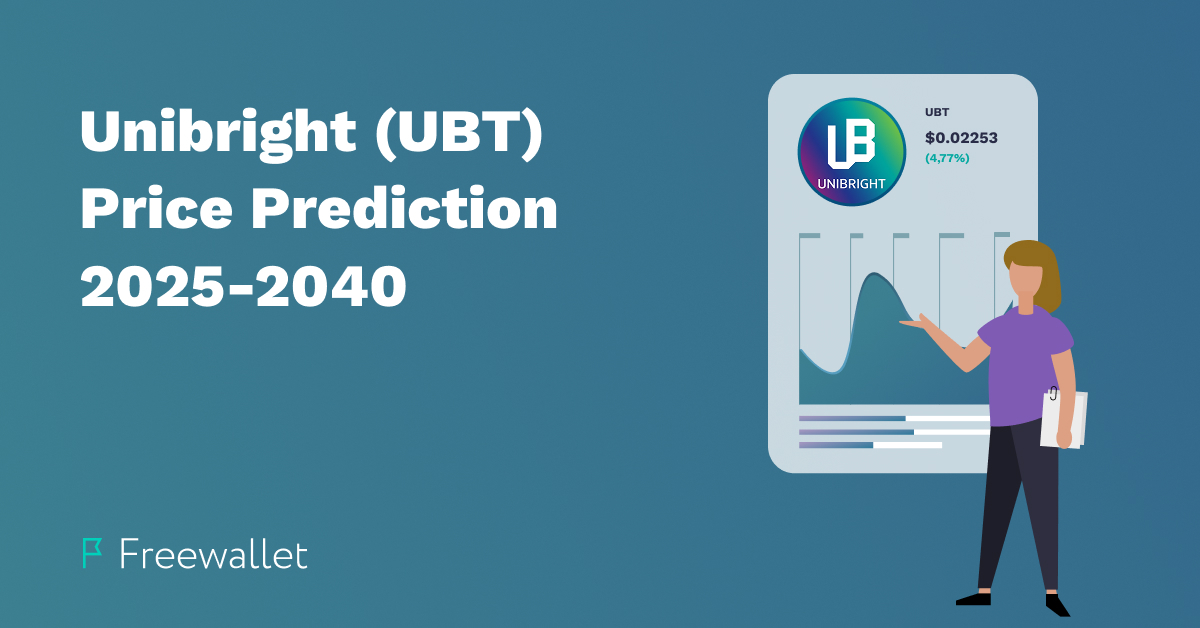Today there are more than 2100 cryptocurrencies listed on coinmarketcap. That is crazy, why are there so many and why do we need all of them? How can you navigate this crowded space and which cryptocurrency is best for you?
We don’t want to be trite and hit you over the head with the typical “do your research, read the whitepaper, check the roadmap”. We are here to share the wisdom and info you need to choose the right crypto.
Choose a project in the sphere that you understand
Any project can tell you wonderful stories about how they are going to “revolutionize” and “disrupt” the sphere they are working in thanks to blockchain and crypto. It is easy to fall for it until you really understand the industry they are talking about.
There are plenty of projects working in IoT, gaming, gambling and other industries. For example, if you are into the gambling industry you probably know the sphere enough to properly analyze all the promo material of a project trying to make waves there. Generally, follow these principles:
- Check what the company is proposing
- Does it sound like a working business model
- Does the project need the blockchain at all
Some projects don’t offer what the industry really needs. And when you are savvy enough you can always detect it.
Choose a coin that solves a problem close to you
This premise is pretty much the same as the previous one, but expands it to a deeper level. When you know the sphere, you are aware of its weaknesses and drawbacks. There is probably one particular thing that drives you nuts. Find a project that solves your problem as a user.
For instance, decentralized payment systems are typically trying to solve several issues:
- Level of decentralization – a network should be stable and shouldn’t be dependant on one person or organization. Projects use different protocols to achieve decentralization – proof of work, proof of stake and other variations.
- Blockchain scalability – while Visa can process over 1500 transactions per second, BTC and ETH can only manage 7 and 20 respectively. EOS, Dash, etc. are trying to solve this problem and offer higher transaction speeds on their networks.
- Transaction privacy – if you don’t want your money to be tracked, you should look into Monero, Zcash, and Bytecoin.
These are the most popular issues in the blockchain sphere, find the project that tackles the issues you think need to be addressed.
Learn the history
Learn the history of a project by pouring through its news clippings. Start with a project’s roadmap and then make your way through all the news on Cointelegraph and other resources regarding the project. By studying a project in-depth like this you’ll understand what their real strengths and weaknesses are. Follow up with the developers’ activity. Check their git-hub, where they upload their underlying code. There should be regular updates showing that development is ongoing.
Check the market performance and trading volume and try to compare the price rises and drops with the events you’ve read about. Do these fluctuations have any solid ground or do they seem to be artificial pumps and dumps?
Also, pay attention to the daily trading volume. The higher the volume – the more established a coin is. It means that it has a solid community, it works on exchanges and basically, there is demand for the coin among traders.
Talk with the community
One of the best things in the crypto industry is its communities. Nobody can inform you better about the state of a project than the people who are already holding that coin.
- find the subreddit for the project;
- go to a relevant thread on the bitcointalk forum;
- visit a chat on telegram or discord.
An active community will give you the most up-to-date info about a project, and their thoughts, feelings and observations regarding the cryptocurrency. Also, take a look at how the team responds to questions. It will give you a clear idea of how things are going with the project.
Related
Stay tuned
Subscribe for weekly updates from our blog. Promise you will not get emails any more often.
Most Popular
New Posts
Stay tuned
Subscribe for weekly updates from our blog. Promise you will not get emails any more often.





